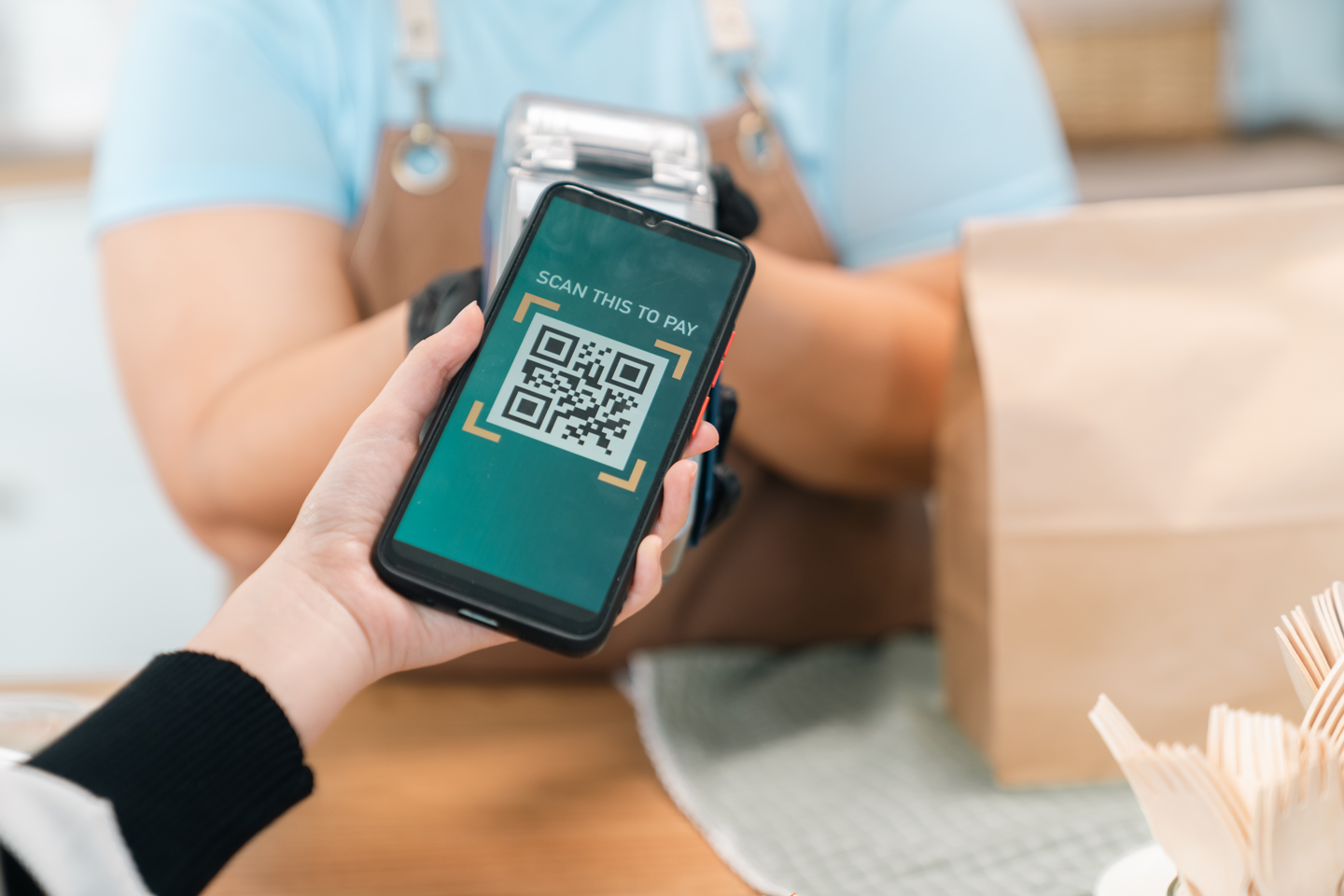

The future of loyalty isn’t siloed it’s seamless. As consumers engage across an increasingly fragmented ecosystem of brands, apps, and experiences, a new loyalty paradigm is emerging: interoperability. At the heart of it lies a multi-brand token economy one that dissolves traditional point systems and replaces them with smart, shareable, blockchain-based assets that create value across platforms, categories, and industries.
Isolated value
Points earned with Brand A often can’t be used with Brand B leading to low redemption rates and disengagement.
Lack of transparency
Users don’t know how points are valued or when they expire.
High breakage
Billions of dollars in points remain unredeemed due to confusing terms, limited catalogues, and ecosystem fatigue.
Definition
Loyalty interoperability is the ability for customers to:
This model creates a network effect, where the value of loyalty increases as more partners join the interoperable grid.
Tokenized rewards
Points are represented as blockchain-based tokens that are secure, traceable, and programmable.
Smart contracts
Redemption rules, burn conditions, or bonus offers can be embedded in the token logic.
Dynamic valuation
Token value can adjust based on supply/demand, tier status, or even market price if linked to real-world value.
Increased redemption
Users can spend their tokens across categories from flights and fashion to food and fuel.
Brand collaboration
Cross-brand campaigns ("Earn Starbucks Tokens on Uber Rides") can drive new engagement.
Lower breakage
More redemption options mean fewer wasted points.
Real-time insights
Blockchain-based tokens can be traced across their lifecycle, giving brands actionable behavioral data.
Travel + Retail Interoperability
A traveler books a flight on an airline that issues interoperable tokens. Those tokens can be instantly used at duty-free shops, airport lounges, or on a partnered e-commerce site.
Health + Wellness
A fitness app issues tokens for reaching daily step goals. These can be redeemed on health food subscriptions, wellness resorts, or wearable gear from partner brands.
Token Swaps
A platform lets users convert 10,000 hotel points into equivalent value across coffee chains, online bookstores, or grocery delivery services.
Connecting programs
Disparate loyalty programs are linked via APIs.
Real-time processing
Handles conversion, authentication, and settlement instantly.
Brand dashboards
Provides tools for managing token valuation, tiers, and campaign rules.
Blockchain + Layer 2 Solutions
Ensures scalability, security, and traceability of token transactions.
Digital Identity Verification
Verifies ownership of loyalty tokens across platforms.
AI-based Recommendation Engines
Suggest best redemption options based on usage, context, and past behavior.
Regulatory uncertainty
Token-based loyalty programs may blur into crypto regulations.
Brand reluctance
Many brands hesitate to open up their loyalty ecosystem.
UX complexity
Without a simple user experience, token interoperability can become overwhelming.
Tokenized coalitions
Brands will form alliances with shared tokens, dynamically adjusting exchange ratios.
NFT-based loyalty
Unique, tradable rewards (like event passes or limited-edition perks) will create emotional value.
Carbon-negative loyalty
Users may earn eco-tokens for sustainable behaviors and redeem across green commerce networks.
The future of loyalty is collaborative, not competitive. In a multi-brand token economy, interoperability will not only reduce friction but exponentially increase engagement, redemption, and brand affinity. The more connected your loyalty becomes, the more value it creates for both the customer and the ecosystem.

